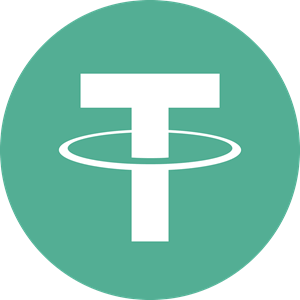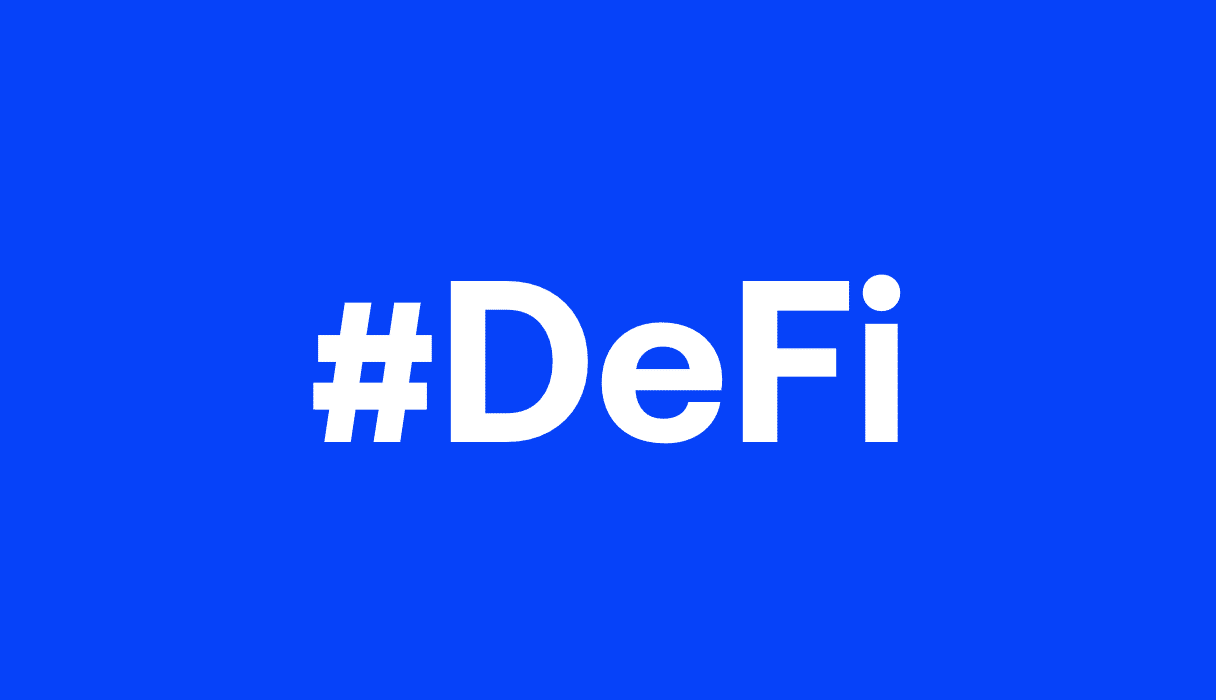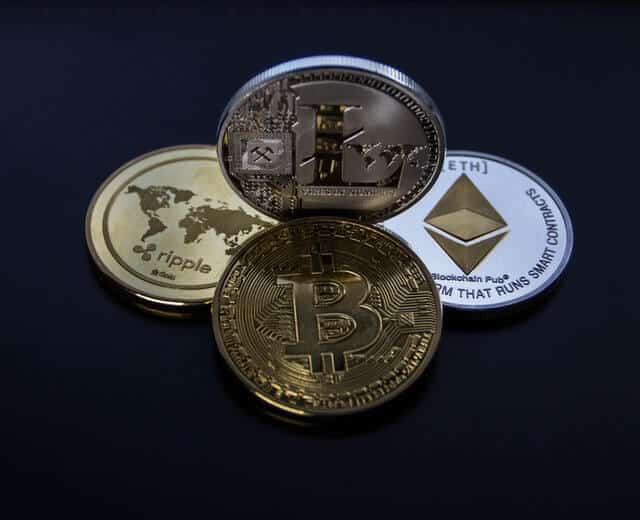Top 5 DeFi Stablecoin Projects
Decentralized finance applications, or DeFi applications, are open-source technologies that aim to democratise and disintermediate financial systems through the introduction of a decentralized layer. Using payments as an example, instead of a financial institution facilitating payments between two individuals and taking a fee for doing so, a DeFi application can disintermediate this process by allowing the individual to send a payment directly to the intended recipient without a middleman.Aside from payments, one major use case of DeFi applications are stablecoins. This article will look at the top 5 DeFi stablecoin projects currently operating in the cryptocurrency space. Firstly, what is a stablecoin?
What is a Stablecoin?
A stablecoin is an asset that offers price stability characteristics, which makes it suitable for certain monetary functions, such as a: medium of exchange, unit of account, and a store of value. These three characteristics are important for any currency to be used in a meaningful manner.Currently, cryptocurrencies such as Bitcoin are not an effective unit of account or store of value because of the price volatility they can be subjected to. This can make cryptocurrency adoption difficult because businesses would not want to be exposed to extreme levels of currency risk when transacting. However, stablecoins present themselves as being a stable solution to an otherwise volatile problem.With DeFi applications and stablecoins defined, here are the top 5 DeFi stablecoin projects.
1. MakerDAO

MakerDAO is a decentralized autonomous organization that operates on top of the Ethereum blockchain. Through its dual coin system, Maker (MKR) and Dai (DAI), the platform aims to bring price stability to digital assets.The Maker (MKR) token is not pegged to any specific price and is used instead to govern the platform; MKR is not pegged and is free to fluctuate like any other digital asset. Dai is the stablecoin of the platform that has a fixed price of 1 DAI = $1. Through the use of Collateralized Debt Positions, Dai tokens are designed not be volatile, therefore allowing users to hold and spend it as they wish.
2. USD Coin (USDC)

USD Coin (USDC) is stablecoin founded by CENTRE, an open-source technology project bootstrapped by cryptocurrency exchanges, Coinbase and Circle. USDC is an Ethereum token with 1 USDC equalling $1. CENTRE backs the value of USDC by ensuring that there is $1 for every USDC minted. These funds are held in a bank account that are frequently monitored and audited.This model of backing the value of a stablecoin is known as the IOU Issuance Model. Each issued token represents a claim to the underlying assets that are stored in a bank account or vault.
3. Tether

Issued on the Bitcoin blockchain via the Omni Layer Protocol, A Tether (USDT) is an asset-backed token that is intended to serve as a gateway between fiat and cryptocurrencies. Each Tether has a value equivalent to that of a single US Dollar, i.e. the Tether is pegged to the USD. In order to ensure that the value of a single Tether is always the same as the value of a single US Dollar, for every Tether that is issued, an asset of an equivalent value must be held by Tether Limited – the registered company that issues tethers.Tether has run into controversy surrounding the supposed artificial minting of new tokens without the appropriate underlying assets backing them. This concern was further amplified when the company failed to provide evidence of an audit disproving these allegations. Since then, other stablecoin projects have been released in order to combat this lack of transparency.
4. Paxos Standard

Built on top of the Ethereum blockchain, Paxos Standard (PAX) is an ERC-20 token that aims to bring price stability to digital assets through the use of its stablecoin. Also utilising an Issuance IOU Model, 1 PAX is the equivalent of $1. Similar to USDC, the resulting funds from minting a PAX token is held in a bank account that is frequently audited.The team behind PAX prides themselves on working with regulators to ensure they are compliant of any laws. This is evidenced by the fact that PAX has been declared not a security, and it is aptly regulated by the New York State of Financial Services.5. Gemini Dollar

Similar to the PAX and USDC, the Gemini Dollar (GUSD) is an Ethereum token intended to bring price stability to digital assets being traded on the U.S. based exchange, Gemini. 1 GUSD is the equivalent to $1, with the resulting funds from minted tokens being held in State Street Bank and Trust Company. These accounts are audited on a monthly basis by the public accounting firm, BPM LLP.
Conclusion
To conclude, stablecoins are becoming an increasingly important feature of digital assets as its users seek price stability against its inherently volatile nature. Some of the most important stablecoins currently being developed include: MakerDAI, Paxos Standard, USDC, Gemini Dollar and Tether.





















